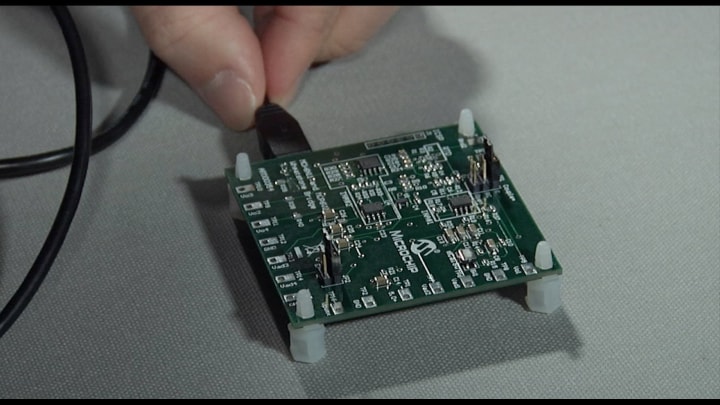Live Chat
Need Help?
Privacy PolicyHigh-Performance Instrumentation Amplifiers
Our instrumentation amplifiers include internal matched feedback and are ideal for data acquisition applications. Their ability to accurately extract a small signal in the presence of a large common mode makes these instrumentation amplifiers ideal for sensor amplification. Electromagnetic Interference (EMI) filtering on select devices maintains excellent performance in the most demanding environments.
- Using high-precision architectures enables superior DC performance, regardless of operating conditions
- Low noise and additional EMI filtering on the inputs provide additional protection in electrically noisy environments
- Small packages, such as leadless DFNs, are ideal for space-constrained designs
- A wide operating temperature range of –40°C to +125°C provides a robust solution even at extreme temperatures
Instrumentation Amplifier Products
Related Articles

Amp It Up: Designing with Instrumentation Amplifiers
You’ve probably heard of an Instrumentation Amplifier (INA), but you may not know the best architecture for your particular needs. There are two common approaches, so read on to quickly determine which one you should use.

How Do I Eliminate Flicker Noise in My Amplifier Design?
While there are many different sources of noise within an operational amplifier, perhaps the most mysterious and frustrating noise source is what is known as flicker noise. How does one deal with this dominating, low frequency noise? If 1/f noise is a big concern, then selecting a zero-drift amplifier is the best solution.
MCP6N16 Zero-Drift Instrumentation Amplifier Evaluation Board
This evaluation board is designed to provide an easy and flexible platform when evaluating the performance of the MCP6N16, a Zero-Drift instrumentation amplifier designed for low-voltage operation featuring rail-to-rail input and output performance.

Microchip Instrumentation Amplifier with mCAL Technology
The MCP6N11 and MCP6V2x Wheatstone Bridge Reference Design demonstrates the performance of Microchip's MCP6N11 instrumentation amplifier (INA) and a traditional three op amp INA using Microchip's MCP6V26 and MCP6V27 auto-zeroed op amps. The input signal comes from an RTD temperature sensor in a Wheatstone bridge. Real world interference is added to the bridge's output, to provide realistic performance comparisons. Data is gathered and displayed on a PC, for ease of use. The USB PIC® microcontroller and included Graphical User Interface (GUI) provides the means to configure the board and collect sample data.
